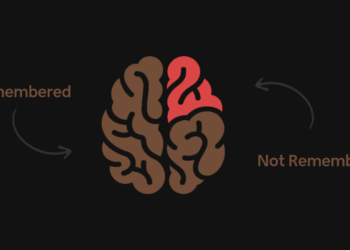Influencer marketing is everywhere, from Instagram stories to YouTube vlogs, TikTok trends, and blog reviews. While it may seem like a modern concept, the idea of leveraging popularity to sell products dates back centuries.
In this piece, we trace the roots of influencer marketing, explore key moments that shaped it, and reflect on how it’s transformed from royalty-endorsed tea sets to Kylie Jenner’s million-dollar posts.
Also check: influencer research tools
Long Before Instagram: When Influence Was Royal
Influencer marketing didn’t start with smartphones or selfies. In 1760, British potter Josiah Wedgwood made a tea set for Queen Charlotte. That royal connection allowed him to market his ceramics as “Queen’s Ware,” giving his products an instant luxury status. It worked—Wedgwood became a household name across the British upper class. His strategy? Associating his brand with someone people admired. That hasn’t changed.
The Birth of the Brand Ambassador
Fast forward to 1890, when Nancy Green was hired as the face of Aunt Jemima pancake mix. She wasn’t just a fictional character. Green became the live embodiment of the brand, appearing at events and trade shows. Her role marked one of the earliest uses of a real person as a commercial face—paving the way for modern-day brand ambassadors and long-term influencer partnerships.
Old Spice and the Power of Going Viral
Influencer marketing often overlaps with viral marketing—and one of the best examples is Old Spice’s 2010 campaign starring former NFL player Isaiah Mustafa. The quirky, rapid-fire video went viral, clocking over 5.9 million views in a single day. By the end of the year, Old Spice body wash sales surged 125%. The campaign didn’t just entertain—it proved that charisma and familiarity could drive serious results.
From Socialites to Social Media: The Influencer Era
The last decade saw a massive shift. As Instagram and YouTube exploded, everyday people with style, opinions, and engaged followers became the new influencers. This was no longer just for celebrities—bloggers, vloggers, and niche creators found themselves courted by global brands.
In Egypt and the MENA region, fashion influencers have carved out their own space. In our previous feature, Top 10 Egyptian Fashionistas to Follow on Instagram, we spotlighted creators who’ve built loyal followings around fashion, beauty, and lifestyle—often turning their personal brand into full-fledged businesses.
It’s a reminder that influence isn’t just about reach—it’s about connection.
The Kylie Effect and Paid Posts
By 2020, the highest-paid influencers were earning seven figures per post. Leading the charge was Kylie Jenner. Beyond promoting her own beauty line, she regularly collaborates with global brands. For companies, a single photo or story featuring Kylie could translate into millions of dollars in sales. It’s the modern-day equivalent of a queen’s endorsement—only it’s broadcast to hundreds of millions of followers in seconds.
But not every brand needs a Jenner. Many turn to mid-tier or micro-influencers who deliver strong engagement at a fraction of the cost. Paired with tools like limited-time discount codes, influencer marketing becomes both trackable and scalable.
Satire Meets Reality
The power of influencers has even become a topic of satire. In our article Sharmoofers’ New YouTube Hit “Zombie” Mocks Social Media Influencers, we explored how the Egyptian band poked fun at the obsession with clout and curated perfection. While light-hearted, it reflects a real tension in the space: audiences are craving more authenticity—and they can spot a forced ad from a mile away.
Where It’s Headed
Influencer marketing isn’t slowing down. If anything, it’s becoming more strategic, more transparent, and more integrated into overall brand planning. As platforms like TikTok continue to dominate and Gen Z pushes for authenticity, the industry is shifting again—from polished perfection to real, relatable influence.
Whether it’s a global celebrity or a niche creator with 10,000 loyal fans, the core idea remains unchanged: people trust people.











